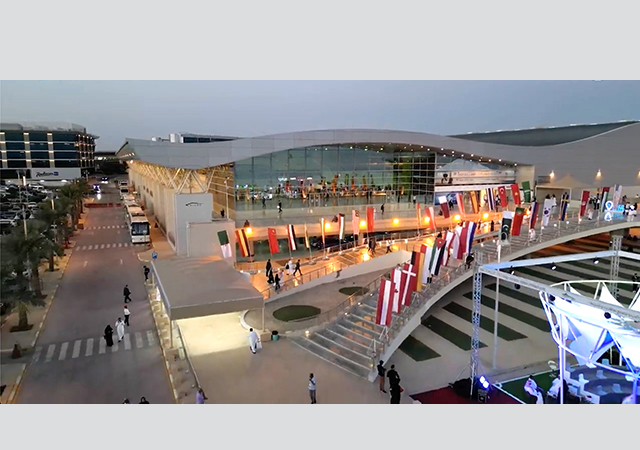
 MBT PU membranes used on a car-park and a detail of the sytem (right).
MBT PU membranes used on a car-park and a detail of the sytem (right).
Premier construction chemicals specialist MBT Middle East is one of the leaders in developing new innovative integrated solutions for waterproofing car-park structures.
The company offers a range of traffic membranes known as the Mastertop 1300 series to withstand the rigours of the region.
"PU systems are specially designed and tested for the Middle East region," says Peter Caskie of Dubai-based MBT Middle East, which is part of the Degussa group.
Degussa AG, one of the world's largest specialty chemical companies, was formed following the merger of MBT-SKW Trostberg and Degussa Huls.
"MBT offers complete integrated systems for parking structures, which combine technologies that are effective, tested and matched to ensure their in-service compatibility," says Caskie.
"They include systems for traffic membranes, engineered expansion joints and light-reflective wall coatings, which together provide a protective envelope that acts to minimise the life-cycle costs, associated with the operation of a parking structure."
Highlighting the problems associated with car-parks, he says: "Parking structures possess unique characteristics and are subjected to severe environmental conditions that combine to make them inherently expensive to maintain.
"These structures are designed to offer maximum parking space, and therefore incorporate large clear spans with minimum columns which increase their susceptibility to flexing and movement. They are also subject to heavy unbalanced live loads constantly being applied and relieved, which creates a propensity for dynamic cracking. Temperature variations on each side of the top slab's surfaces imposes thermal stresses and differential movement, which increase the potential for cracking.
"Exposed to water, salts, chemicals and exhaust gases, unprotected concrete surfaces will quickly deteriorate due to carbonation and the ingress of chloride ions. Surface salt deposits resulting from the region's saline atmosphere and wind-blown sand, combined with humidity, rain or even vehicles' air-conditioning condensation can form a highly destructive corrosion solution. Deterioration of concrete is accelerated where incipient cracking is present."
Traffic membranes are subject to considerable mechanical attrition from high vehicle volumes, which also impose exceptional levels of skidding and scuffing by stationary tyres.
Traffic membranes
The Mastertop 1300 series is a range of multi-component, cracking bridging, wear-resistant, waterproof, traffic membrane systems based on pure polyurethane (PU) resins applied over a penetrative epoxy. Low maintenance systems are available to meet all performance requirements and most budgets.
Mastertop PU membranes, in combination with a penetrative primer system, are impermeable to gases and protect the substrate from the deleterious effects of carbon dioxide gases and chloride ion ingress, says Caskie. Large choices of colours allow light-enhancing and decorative treatments as well as the purely practical delineation of parking stalls, vehicle lanes and pedestrian walkways, he says.
Inter-layered, graded silica aggregate provides optimum wearing characteristics, skid resistance and acts as the mechanical key for subsequent coatings of the system, he adds.
"High ambient temperatures, high level of ultra violet (UV-A, UV-B) radiation and even higher humidity levels place almost impossible demanding requirements on building materials and structures.
"Excessive concentrates of corrosive groundwater with contamination (chloride, sulphate) require innovative materials technology solutions, if a structure is to survive its expected lifecycle (which may be defined as the number of useful years during which total costs associated with maintaining the structure remain lower than the cost of demolishing and rebuilding it from scratch). Innovative solutions, in turn rely on healthy product research and development budgets," he says.


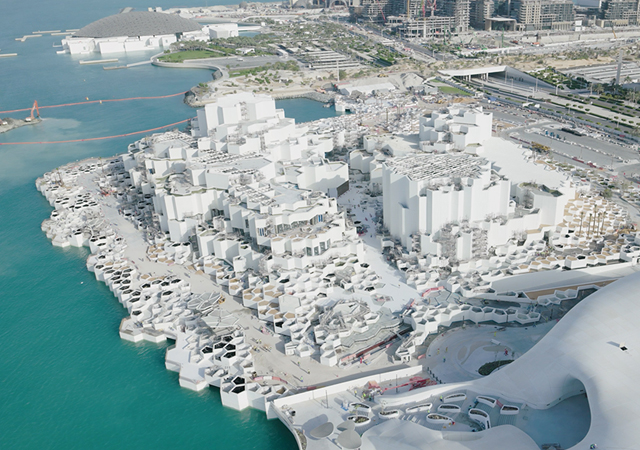
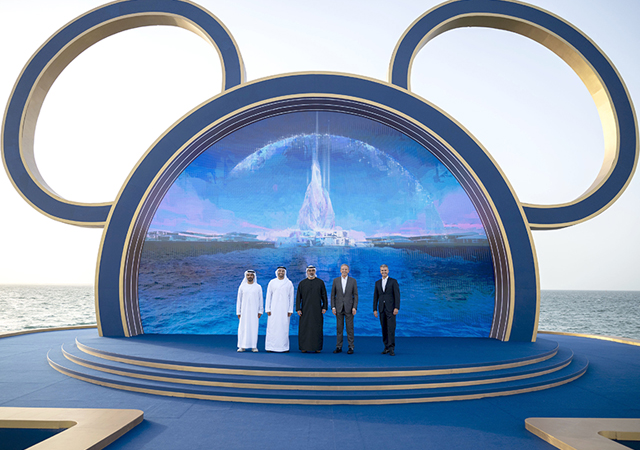
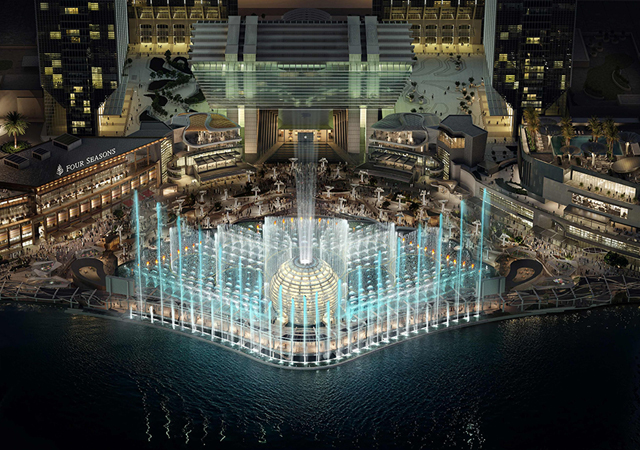
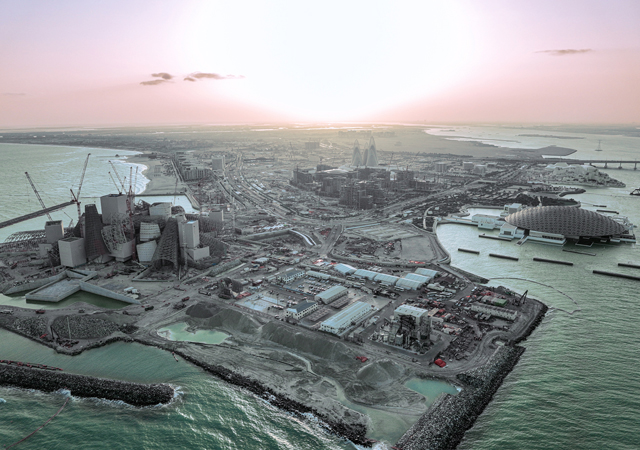
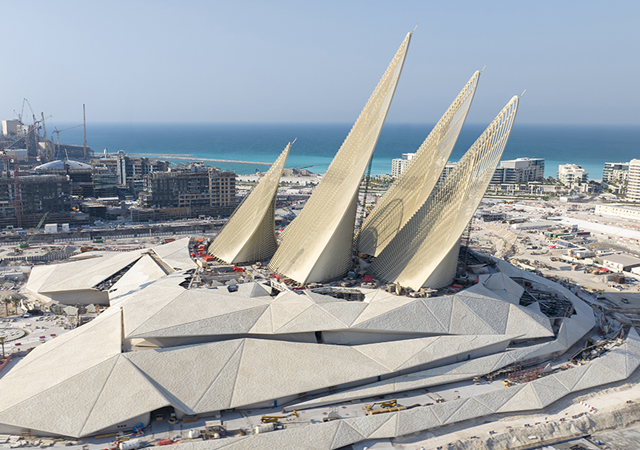
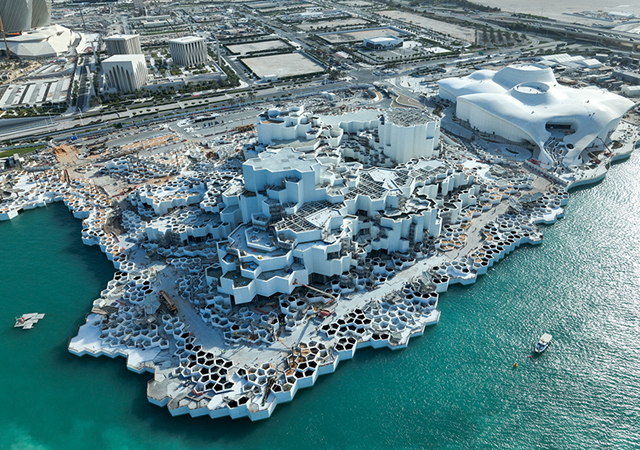
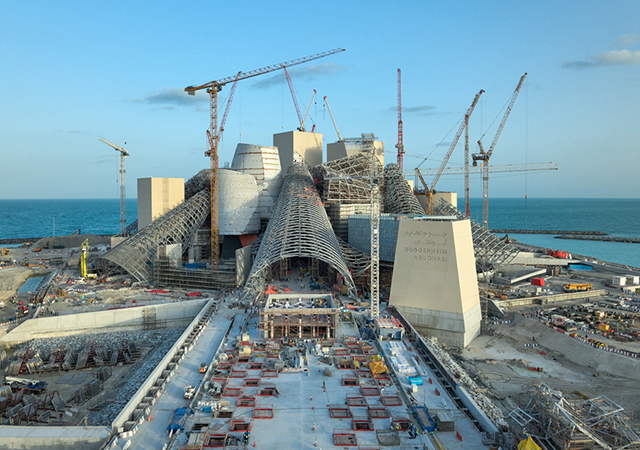
.jpg)
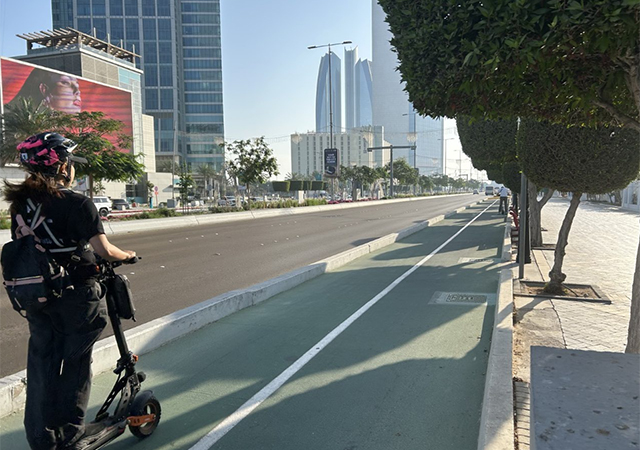
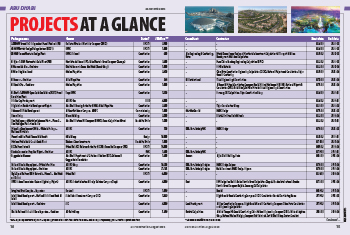
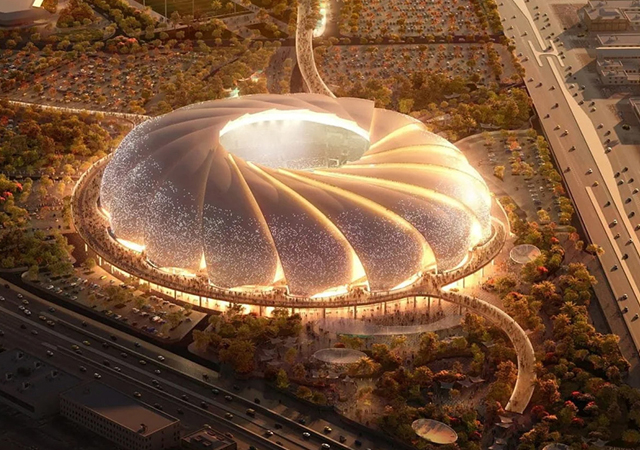
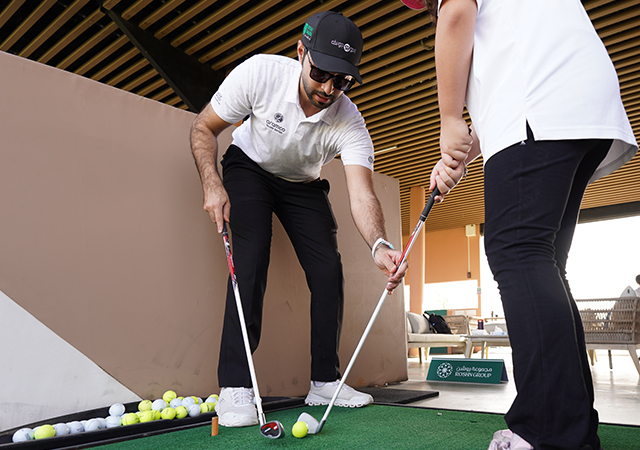
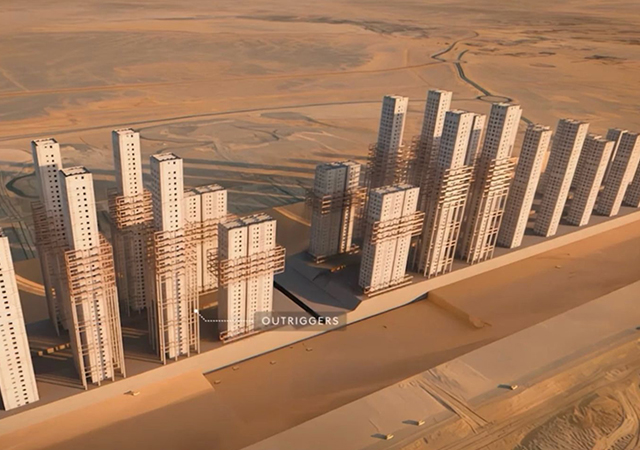
.jpg)
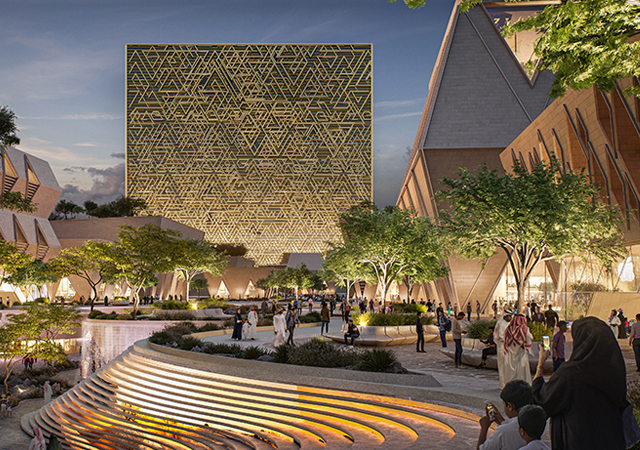
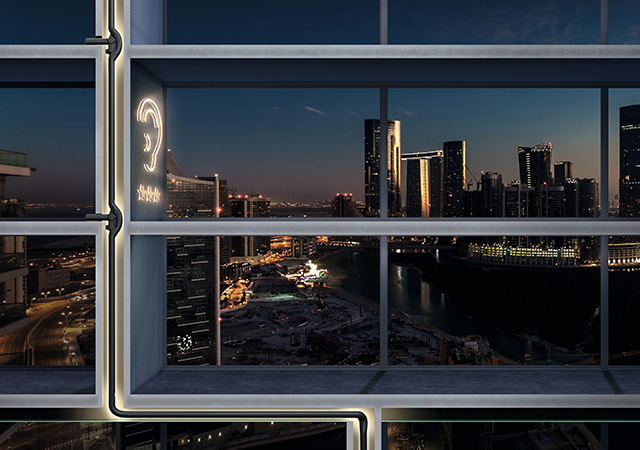
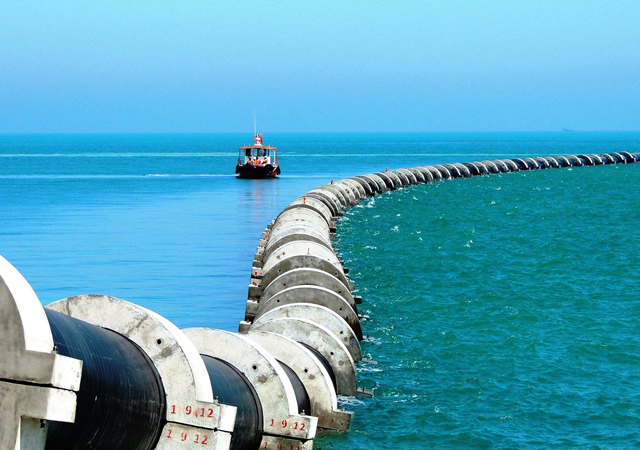
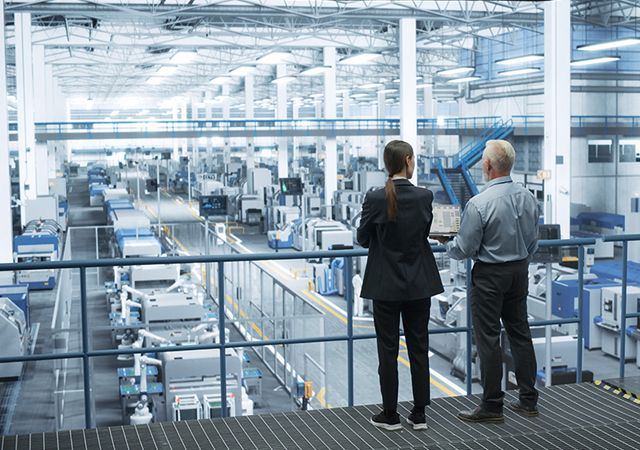

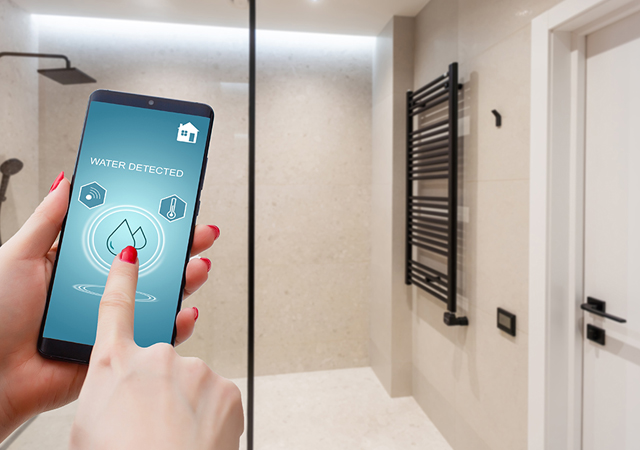
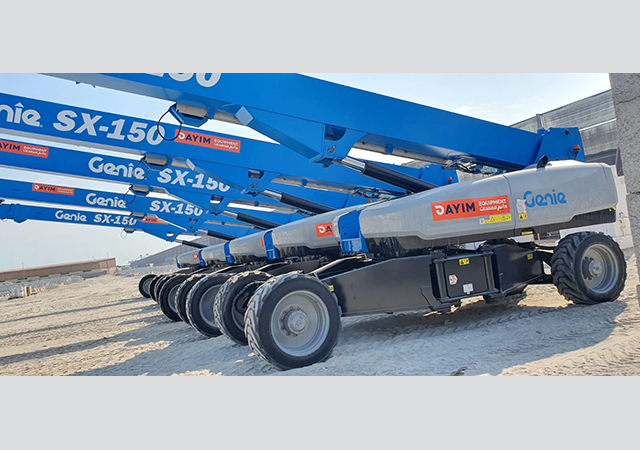
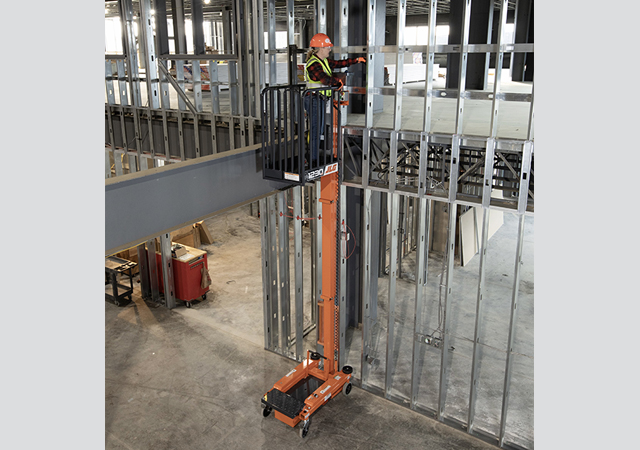
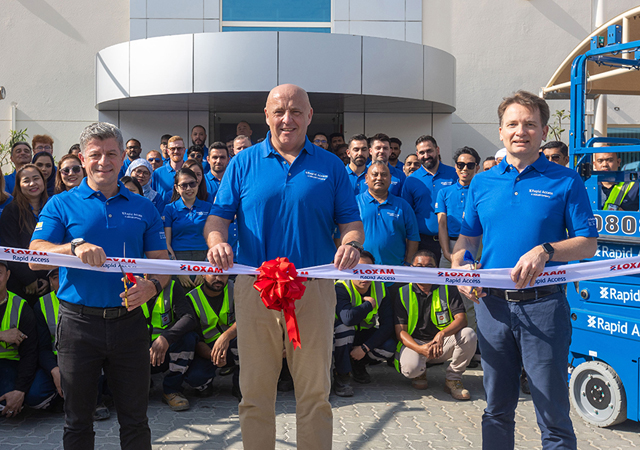
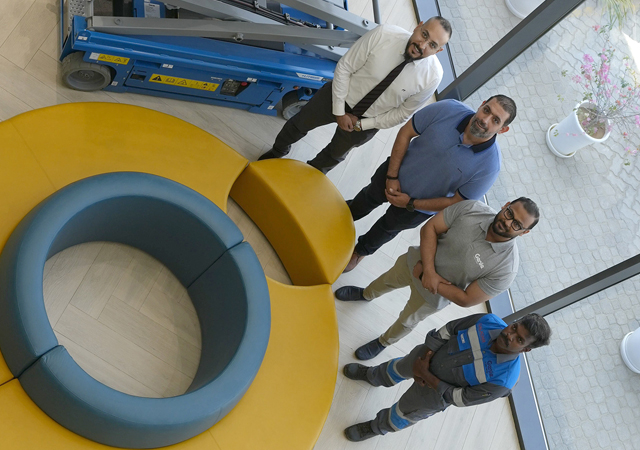
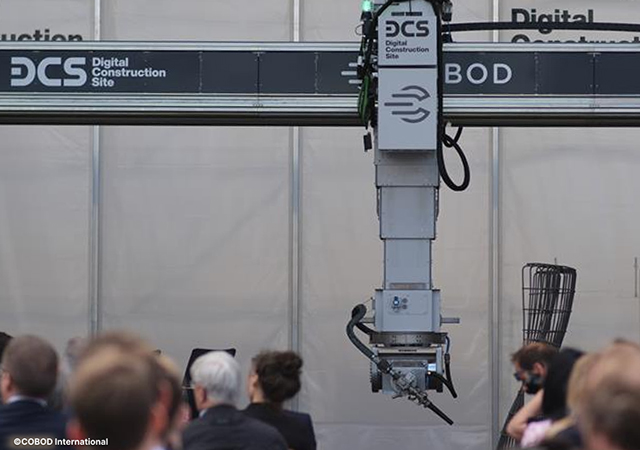
Doka (2).jpg)
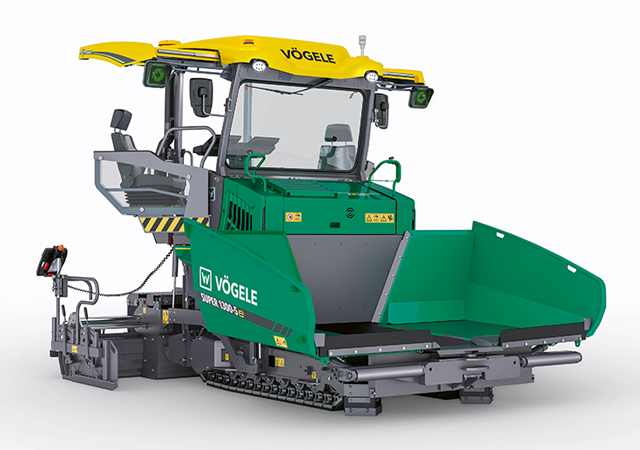


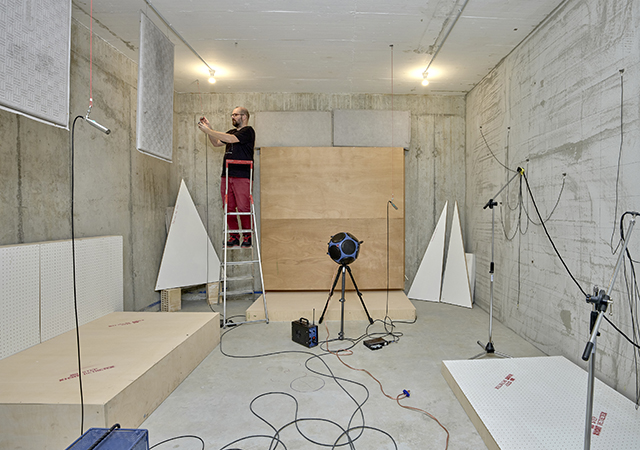
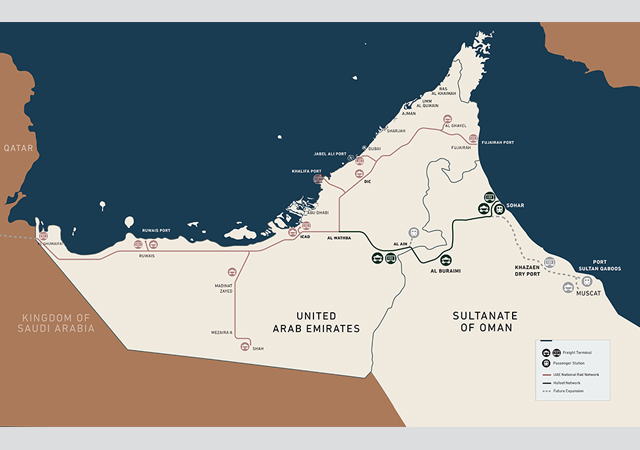
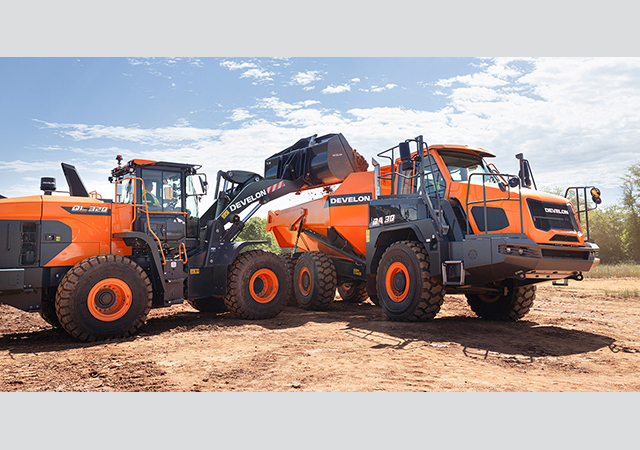
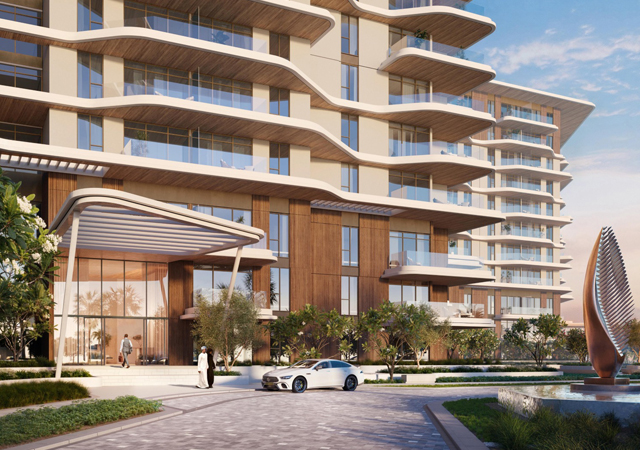


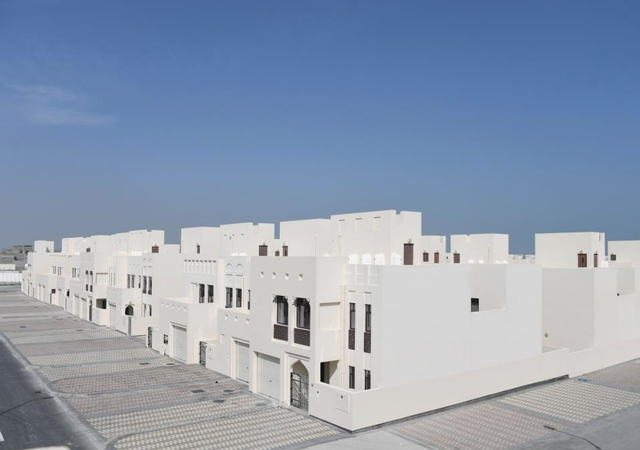
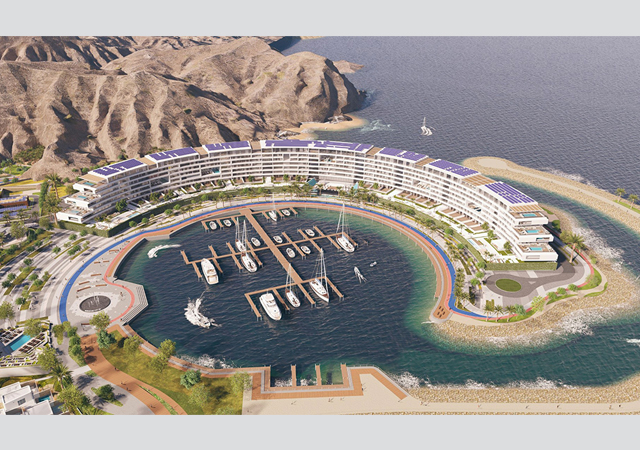
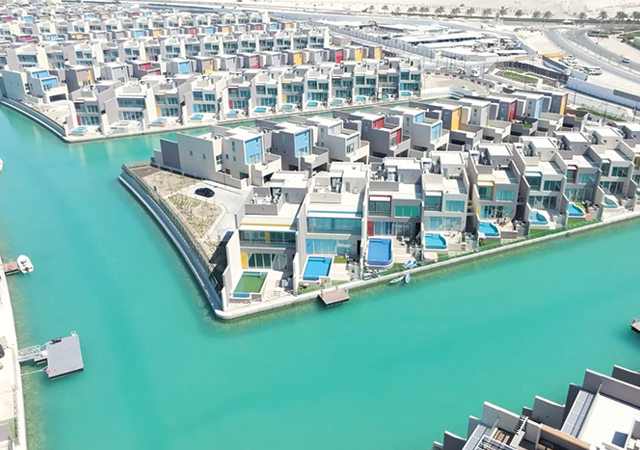
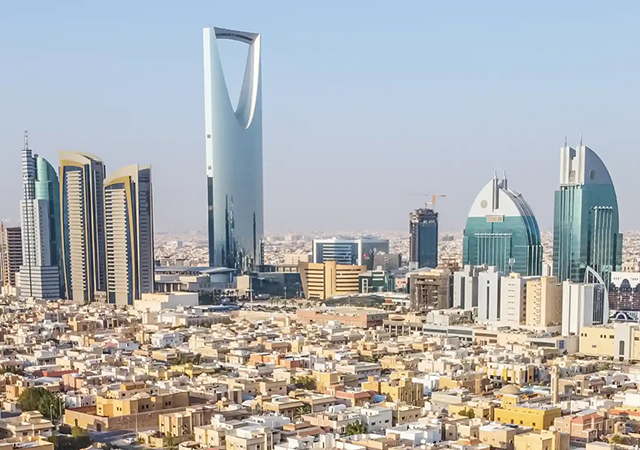

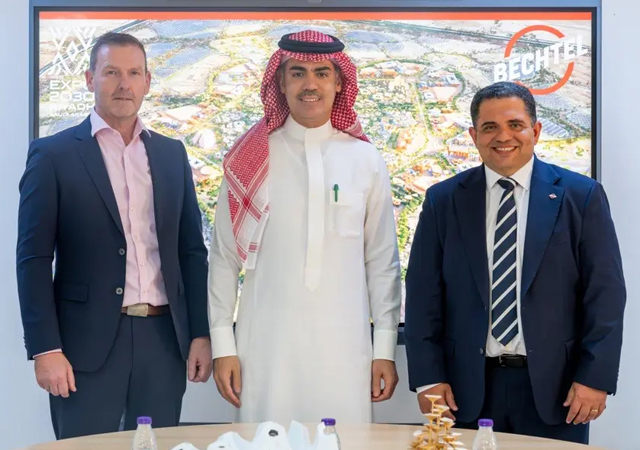
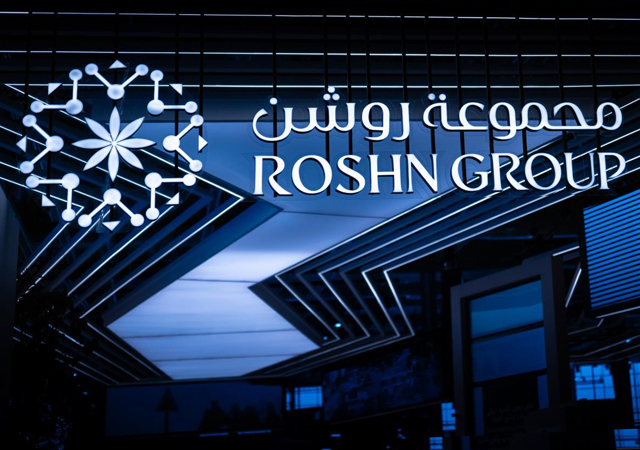
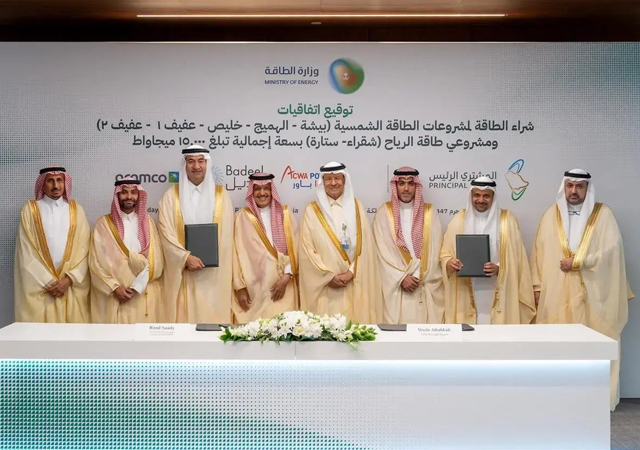
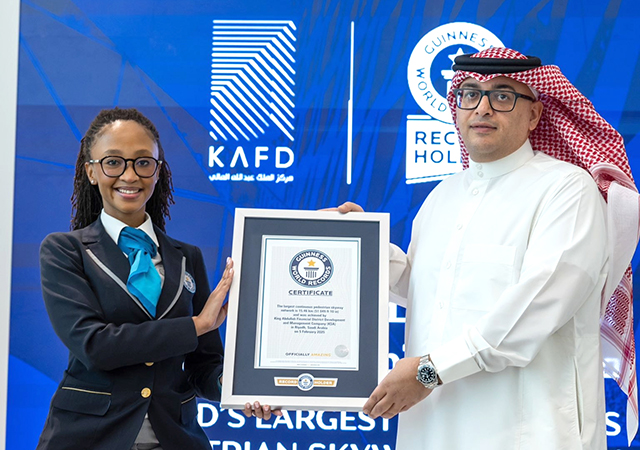
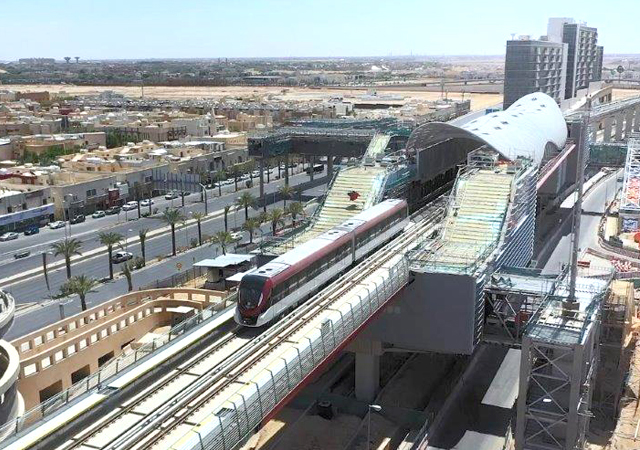
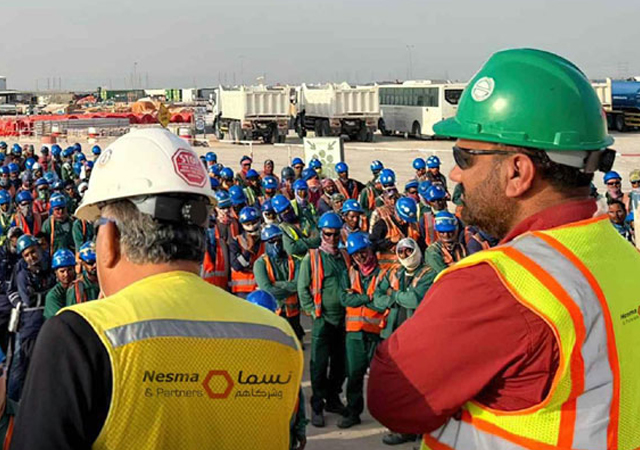
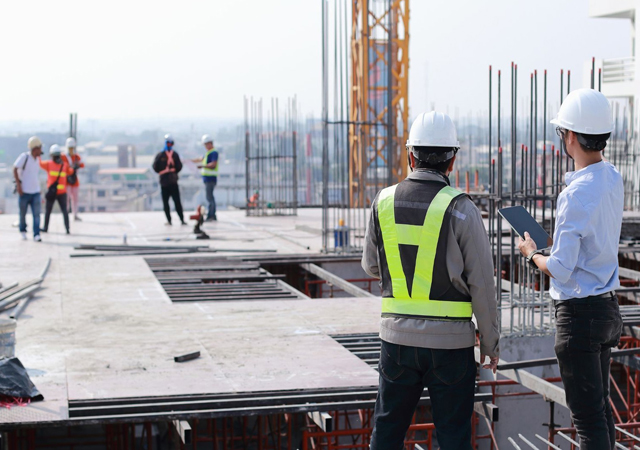
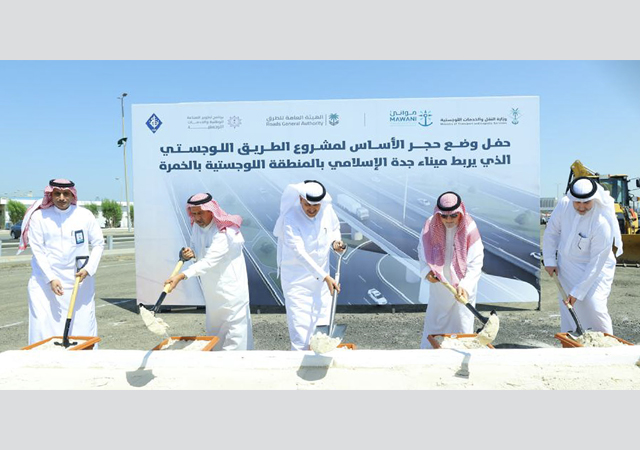
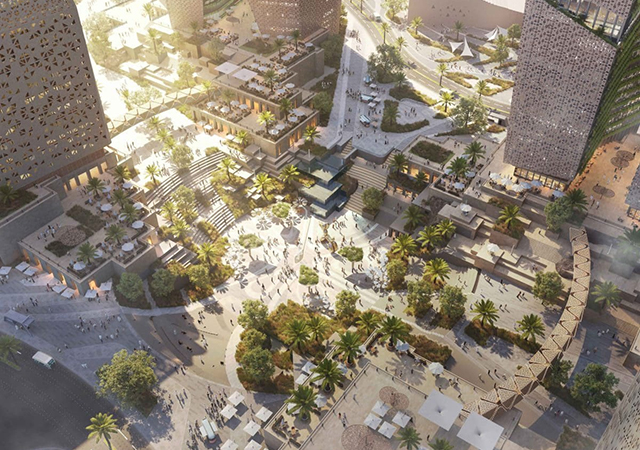

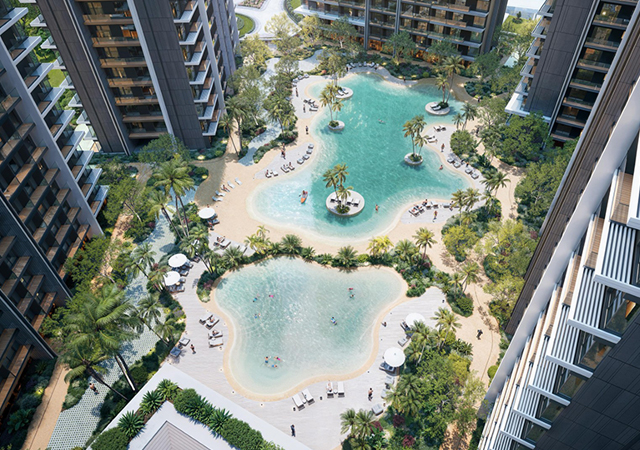
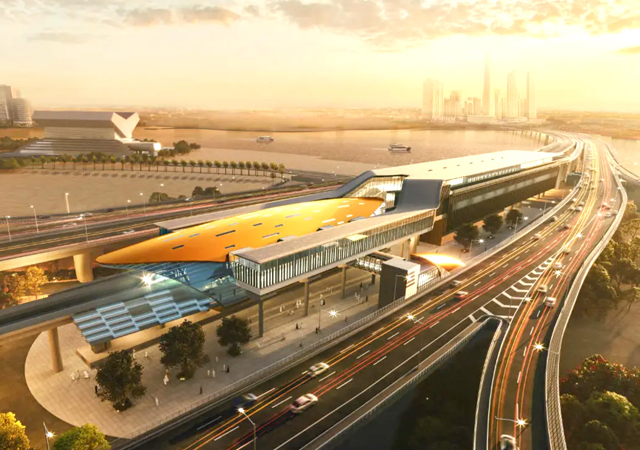
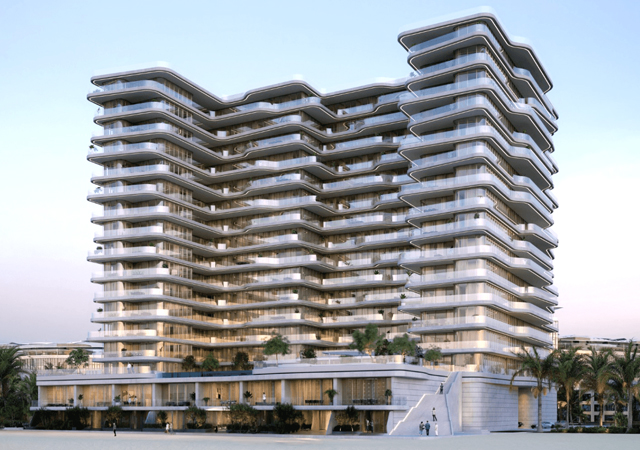
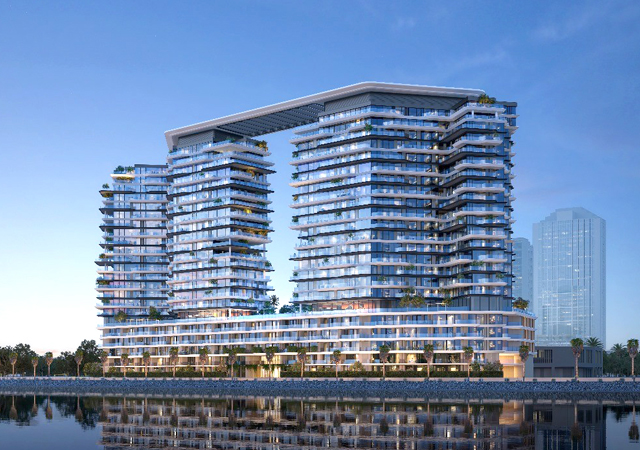
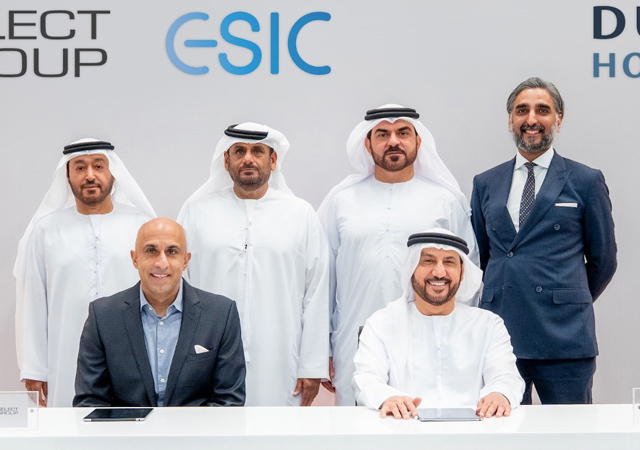
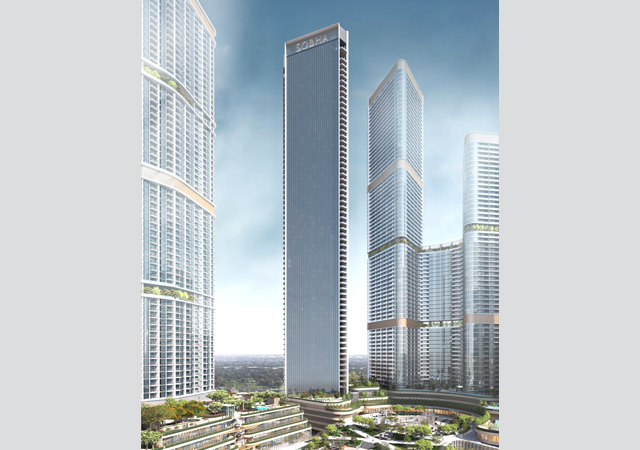
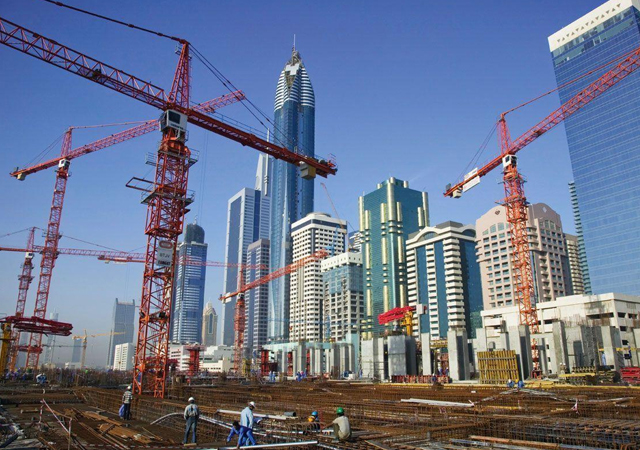
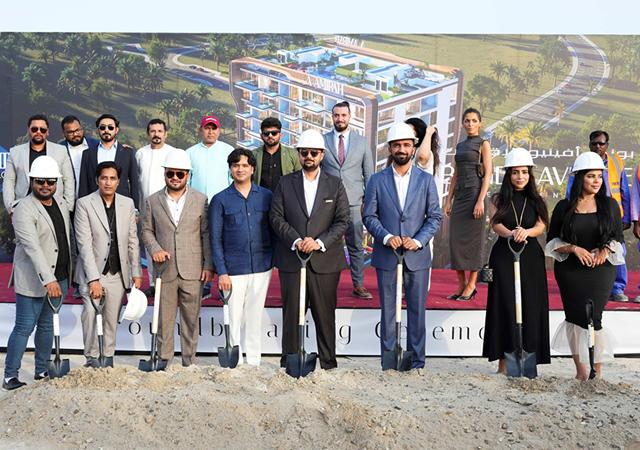
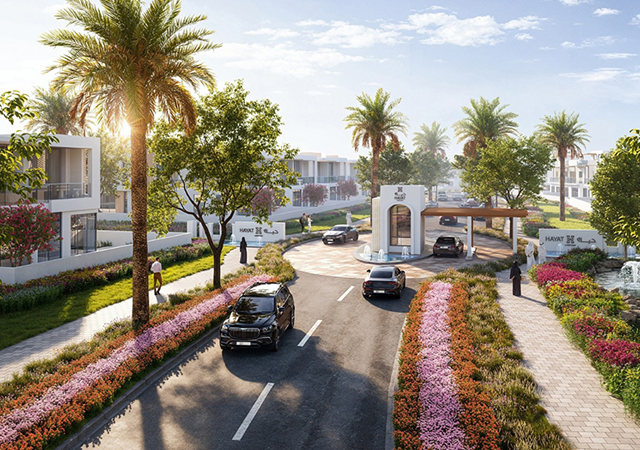
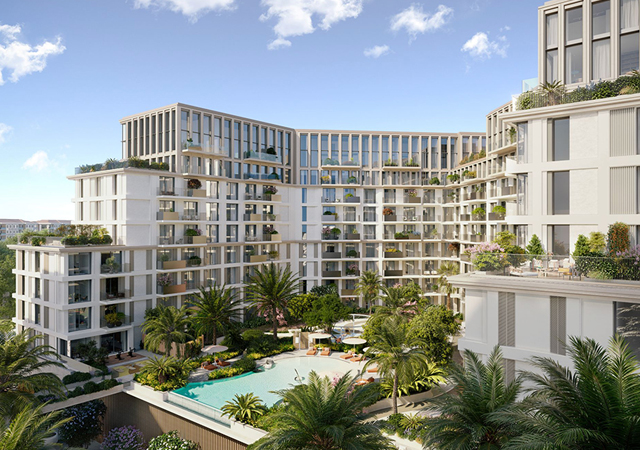
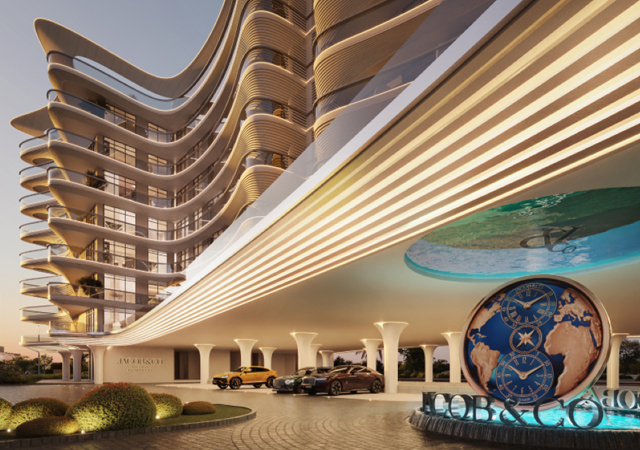
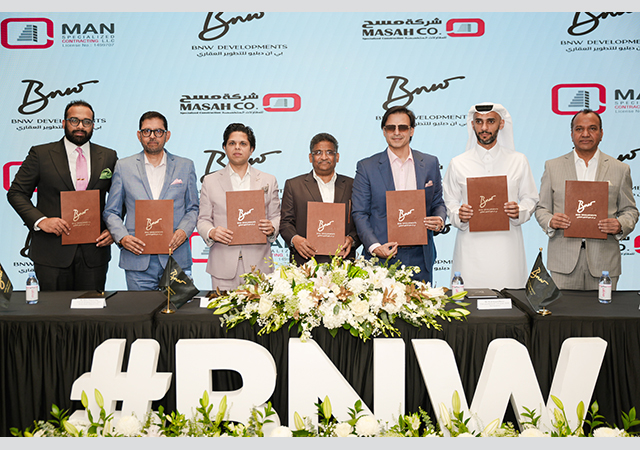
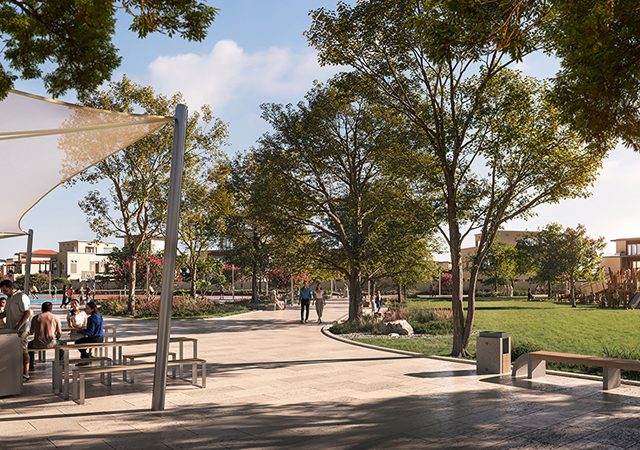
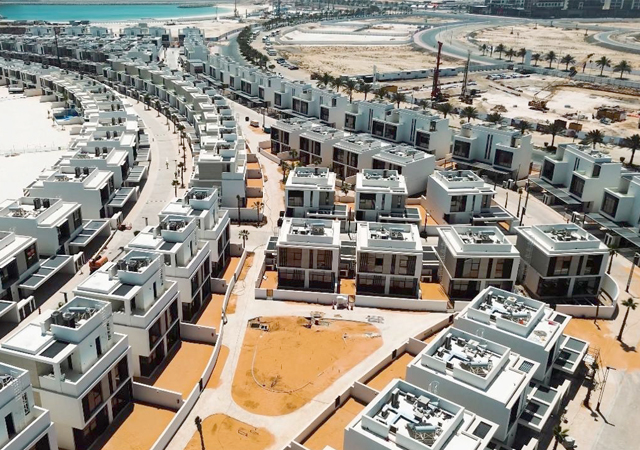
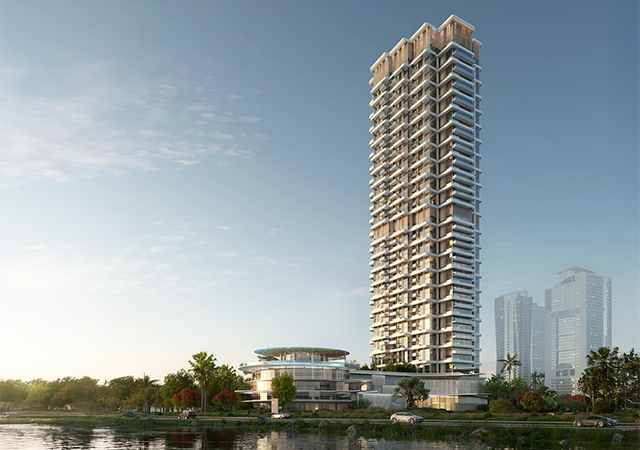
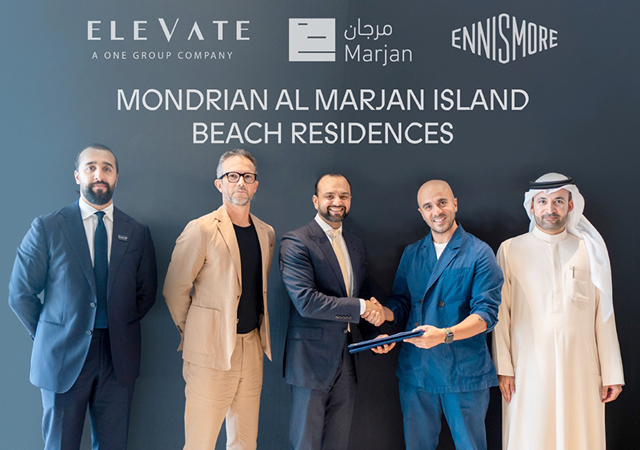
.jpg)
.jpg)
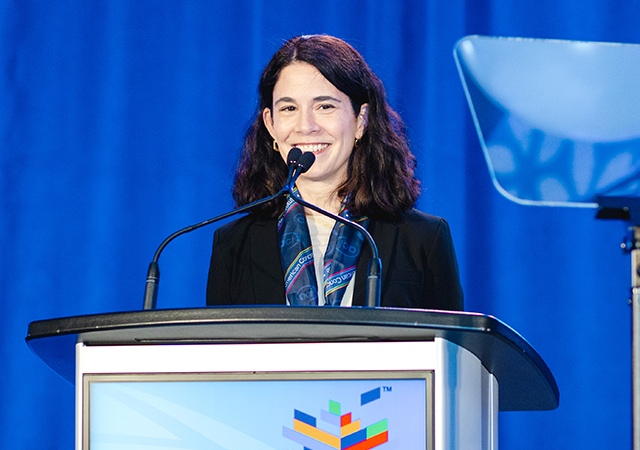
.jpg)
